These dental problems -including chipped teeth, bad breath, impacted teeth, oral cancer, cavities, sores, fever blisters, and stained teeth can be cured.
Here is a list of common dental problems you need to know.
Dental problems are serious tooth problems, luckily you can prevent them from happening. Good dental hygiene is the key part by brushing two times a day, eating good foods, floss daily and follow-up with your dental check-ups is very important.
Educating yourself about common dental problems and their causes can also help you to prevent them.
1. Abscessed Tooth

An abscessed tooth is a pocket of pus, usually caused by some kind of infection and the spread of bacteria from the root of the tooth to the tissue just below or near the tooth.
In general, a tooth that has become abscessed is one whose underlying pulp (the tooth’s soft core) has become infected or swollen. An abscessed tooth can be an extremely painful condition.
In some cases,
antibiotics are administered in an attempt to kill an infection. If antibiotics are ineffective and an abscess is shown to be damaging the pulp or lower bony structures, a root canal procedure may be needed to remove the dead pulp and restore the tooth to a healthy state.
2. Bad Breath (halitosis)

The most common dental problems are halitosis. An estimated sixty-five percent of Americans have bad breath. Over forty-million Americans have “chronic halitosis,” which is persistent bad breath. Ninety percent of all halitosis is of oral, not systemic, origin.
Bad breath is caused by a variety of factors. In most cases, it is caused by food remaining in the mouth – on the teeth, tongue, gums, and other structures, collecting bacteria. Dead and dying bacterial cells release a sulfur compound that gives your breath an unpleasant odor. Certain foods, such as garlic and onions, contribute to breath odor.
Caring for bad breath
Daily brushing and flossing, and regular professional cleanings will normally take care of unpleasant breath. And don’t forget your often overlooked tongue as a culprit for bad breath. Bacterial plaque and food debris also can accumulate on the back of the tongue. The tongue’s surface is extremely rough and bacteria can accumulate easily in the cracks and crevices.
3. Bulimia Nervosa
People with eating disorders can suffer from dental problems as well. This is because many of the behaviors associated with anorexia nervosa and bulimia nervosa—such as binge eating, self-induced vomiting, and use of diuretics or laxatives—cause changes in the mouth.
For example, repeated episodes of vomiting, which is common in people with bulimia, release harmful stomach acids that pass through the mouth and can erode tooth enamel, causing cavities, discoloration, and tooth loss. Other problems, such as poorly fitting fillings and braces, are another byproduct of such eating disorders.
Brushing after episodic vomiting is actually more harmful than one would think. The best practice is to rinse thoroughly with a neutral solution such as baking soda and water.
4. Canker/Cold Sores
 People sometimes confuse canker sores and cold sores, but they are completely unrelated. Both can be painful, but knowing the differences can help you keep them in check. |
A canker sore is typically one that occurs in the delicate tissues inside your mouth. It is usually light-colored at its base and can have a red exterior border.
Read also:
A cold sore or
fever blister, on the other hand, usually occurs on the outside of the mouth, usually on or near the nose or lips. A cold sore is contagious because it is caused by the herpes simplex virus, and it is usually painful and filled with fluid.
In most cases, patience is the best medicine for treating canker sores.
A healthy diet and good oral hygiene are usually the best remedies, but some special rinses and anesthetics can help. Cold sores can be treated effectively with some over-the-counter topical creams; sometimes, an antiviral medication will be prescribed by your doctor
5. Dental Cavities

Tooth decay is the most common dental problems have seen lately. It is caused by a variety of things; in medical terms, cavities are called caries, which are caused by long-term destructive forces acting on tooth structures such as enamel and the tooth’s inner dentin material.
These destructive forces include frequent exposure to foods rich in sugar and carbohydrates. Soda, candy, ice cream—even milk—are common culprits. Left inside your mouth from non-brushing and flossing, these materials break down quickly, allowing bacteria to do their dirty work in the form of a harmful, colorless sticky substance called plaque.
The plaque works in concert with leftover food particles in your mouth to form harmful acids that destroy enamel and other tooth structures.
If cavities aren’t treated early enough, they can lead to more serious problems requiring treatments such as root canal therapy.
Preventing Cavities
The best defense against cavities is good oral hygiene, including brushing with fluoride
toothpaste, flossing, and rinsing. Your body’s own saliva is also an excellent cavity fighter because it contains special chemicals that rinse away many harmful materials.
Special sealants and varnishes can also be applied to stave off cavities from forming.
If you have any of the following symptoms, you may have a cavity:
- Unusual sensitivity to hot and cold water or foods.
- A localized pain in your tooth or near the gum line.
- Teeth that change color.
6. Toothaches
Simple toothaches is another dental problems that arise by day and disturb individual activities. can often be relieved by rinsing the mouth to clear it of debris and other matter. Sometimes, a toothache can be caused or aggravated by a piece of debris lodged between the tooth and another tooth. Avoid placing an aspirin between your tooth and gum to relieve pain, because the dissolving aspirin can actually harm your gum tissue.
7. Diabetes

People living with diabetes can suffer from dental problems as well. They are vulnerable to a host of systemic problems in their entire body. Unfortunately, the mouth and teeth are not immune from such problems, and many diabetics with dental problems go undiagnosed until conditions become advanced.
Infections and other problems such as
receding gums and gum disease, or periodontal disease, are common afflictions among diabetics for many reasons; for instance, diabetics often are plagued by diminished saliva production, which can hamper the proper cleansing of a cavity
As with any condition, good oral hygiene, including regular brushing,
flossing, and rinsing, as well as the proper diabetic diet, will go a long way in preventing needless problems.
8. Dry Mouth

Saliva is one of your body’s natural defenses against plaque because it acts to rinse your mouth with cavity-causing bacteria and other harmful materials. Dry mouth (also called Xerostomia) is a fairly common condition that is caused by diminished saliva production. People with medical conditions, such as an eating disorder or diabetes, are often plagued by dry mouth. Eating foods such as garlic, tobacco use, and some kinds of medications, including treatments such as cancer therapy can diminish the body’s production of saliva, leading to dry mouth. Other causes are related to aging (including rheumatoid arthritis) and compromised immune systems.
Some of the less alarming results of dry mouth include bad breath. But dry mouth can lead to more serious problems, including burning tongue syndrome, a painful condition caused by lack of moisture on the tongue.
If you don’t have a medical condition that causes it, dry mouth can be minimized by sipping water regularly, chewing sugarless gum and avoiding smoking. Of course, there is no substitute for regular checkups and good oral hygiene.
9. Fluorosis
Fluorosis is a condition in which your body has been exposed to too much fluoride. In normal doses (typically found in a safe drinking water system and an ADA-approved toothpaste), fluoride is a healthy compound that promotes strong teeth, which has the ability to fight cavities and other problems.
But sometimes, fluorosis occurs when fluoride-containing toothpaste or rinses are swallowed, instead of expelled.
Fluorosis causes a number of aesthetic problems, including abnormally darkened or stained teeth. While such dental problems are generally harmless to your health, they can create concerns about your appearance.
10. Gum Disease (Gingivitis)
Gingivitis is the medical term for early gum disease or periodontal disease. In general, gum disease can be caused by long-term exposure to plaque, the sticky but colorless film on teeth that forms after eating or sleeping.
Gum disease originates in the gums, where infections form from harmful bacteria and other materials left behind from eating. Early warning signs include chronic bad breath, tender or painful swollen gums and minor bleeding after brushing or flossing. In many cases, however, gingivitis can go unnoticed. The infections can eventually cause the gums to separate from the teeth, creating even greater opportunities for infection and decay.
Although gum disease is the major cause of tooth loss in adults, in many cases it is avoidable.
If gingivitis goes untreated, more serious dental problems such as abscesses, bone loss or periodontitis can occur.
Periodontitis is treated in a number of ways. One method, called root planing, involved cleaning and scraping below the gum line to smooth the roots. If effective, this procedure helps the gums reattach themselves to the tooth structure. However, not all instances of scaling and root planning successfully reattach the tooth to the gums.
11. Wisdom Teeth
Wisdom teeth are the third and final set of molars that erupt in the back corners of the upper and lower normal adult mouth. Unfortunately, most people experience problems from wisdom teeth; in most cases, this is because the teeth erupt too close to existing permanent teeth, causing crowding, improper bites, and other dental problems.
If wisdom teeth are causing a problem, this could mean that they are impacted. Impacted wisdom teeth can be extremely painful, as well as harmful to your oral health. Symptoms are easy to spot: pain, inflammation, and some kinds of infections.
Many people need to have their wisdom teeth extracted to avoid future serious dental problems. In general, the lack of the four wisdom teeth does not hamper one’s ability to properly bite down, speak or eat.
12. Lacerations and Cuts
Any kind of cut to your face and the delicate soft tissues inside your mouth should be addressed immediately in order to prevent further tissue damage and
tooth infection.If a traumatic injury involves a broken facial bone such as the jaw, nose, chin or cheek, maxillofacial surgery may be required.
With jaw surgery, rubber bands, tiny wires, metal braces, screws or plates are often used to keep a fractured jaw in place following surgery. This allows the bone to heal and stay in proper alignment. Dental splints or dentures may also be required to supplement the healing process following jaw surgery.
13. People with Oral cancer can suffer from dental problems
Oral cancer is one of the most common cancers today and has one of the lowest survival rates, with thousands of new cases being reported each year. Fewer than half of all people diagnosed with oral cancer are ever cured.
Moreover, people with many forms of cancer can develop complications—some of them chronic and painful—from their cancer treatment. These include dry mouth and overly sensitive teeth, as well as accelerated tooth decay.
If oral cancer is not treated in time, it could spread to other facial and neck tissues, leading to disfigurement and pain.
Older adults over the age of 40 (especially men) are most susceptible to developing oral cancer, but people of all ages are at risk.
Oral cancer can occur anywhere in the mouth, but the tongue appears to be the most common location. Other oral structures could include the lips, gums and other soft palate tissues in the mouth.
Prevention of oral cancer
Prevention is the key to staving off oral cancer. One of the biggest culprits is tobacco and alcohol use. Certain kinds of foods and even overexposure to the sun have also been linked to oral cancer. Some experts believe certain oral cancer risk factors are also hereditary.
A diet rich in fruits and vegetables is one of the best defenses against oral cancer. Maintaining good oral hygiene, and regular dental checkups, are highly recommended.
14. Plaque
Plaque is a film of bacteria that forms on your teeth and gums after eating foods that produce acids. These foods may include carbohydrates (starches and sugars), such as candy and cookies, and starchy foods such as bread, crackers, and cereal.
Plaque can lead to gum irritation, soreness, and redness. Sometimes, your gums may begin to bleed as a result of plaque. This gradual degeneration can often cause gums to pull away from teeth. This condition is called receding gums.
Long-term plaque can lead to serious dental problems. Sometimes, the bacteria can form pockets of disease around tooth structures, eventually destroying the bone beneath the tooth.
15. Sensitive Teeth can lead to dental problems as well.
If you wince with pain after sipping a hot cup of coffee or chewing a piece of ice, chances are that you suffer from “dentin hypersensitivity,” or more commonly, sensitive teeth.
Hot and cold temperature changes cause your teeth to expand and contract. Over time, your teeth can develop microscopic cracks that allow these sensations to seep through to the nerves. Exposed areas of the tooth can cause pain and even affect or change your eating, drinking and breathing habits.
At least 45 million adults in the United States suffer at some time from sensitive teeth.
Sensitive teeth result when the underlying layer of your teeth (the dentin) becomes exposed. This can happen on the chewing surface of the tooth as well as at the gum line. In some cases, sensitive teeth are the result of gum disease, years of unconsciously clenching or grinding your teeth, or improper or too vigorous brushing (if the bristles of your toothbrush are pointing in multiple directions, you’re brushing too hard).
In any case, contact your dentist if you notice any change in your teeth’s sensitivity to temperature.
16. Teeth Grinding (Bruxism)
People with Bruxism can suffer from dental problems as well., also called bruxism, is often viewed as a harmless, though annoying, habit. Some people develop bruxism from an inability to deal with stress or anxiety.
However, teeth grinding can literally transform your bite relationship and worse, severely damage your teeth and jaws over long periods of time. It can cause abrasion on the chewing surfaces of your teeth. This abnormal wear and tear will prematurely age and loosen your teeth, and open them to problems such as hypersensitivity (from the small cracks that form, exposing your dentin). Bruxism can also lead to chronic jaw and facial pain, as well as headaches. If no one has told you that you grind your teeth, here are a few clues that you may suffer from bruxism:
- Your jaw is often sore, or you hear popping sounds when you open and close your mouth.
- Your teeth look abnormally short or worn down.
- You notice small dents on your tongue.
Bruxism is somewhat treatable. A common therapy involves the use of a special appliance worn while sleeping. Less intrusive, though just as effective methods could involve biofeedback, and behavior modification, such as tongue exercises and learning how to properly align your tongue, teeth, and lips.
17. Jaw Disorders

People who grind their teeth can sometimes develop a serious problem with their jaw, which left untreated, can adversely affect the teeth, gums and bone structures of the mouth. One of the most common jaw disorders is related to a problem with the temporomandibular joint, the joint that connects your lower jaw to your skull, and allows your upper and lower jaw to open and close and facilitates chewing and speaking.
Some treatments for TMD include muscle relaxants, aspirin, biofeedback, or wearing a small plastic appliance in the mouth during sleep. Minor cases of TMD involve discomfort or pain in the jaw muscles. More serious conditions involve improperly aligned joints or dislocated jaws. The most extreme form of TMD involves an arthritic condition of the jaw joint.
Article Sources
- American Dental Association. Concerns.
- CDC. Dental Caries (Tooth Decay)
- National Institute of Dental and Cranial Research. Periodontal (Gum) Disease: Causes, Symptoms, and Treatments.
- National Institute of Dental and Cranial Research. Oral Cancer.
- My Plantation Dentist.
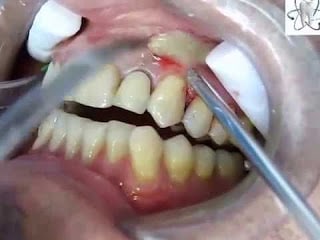

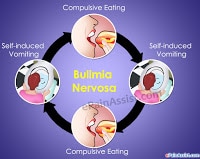
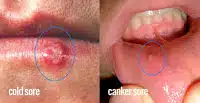




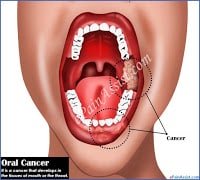
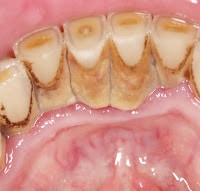
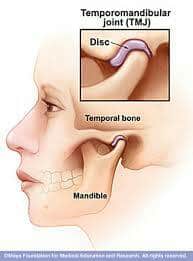

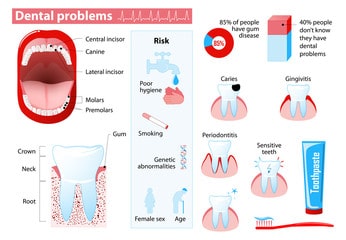

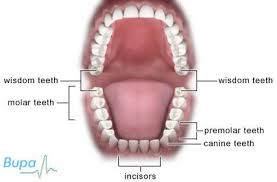
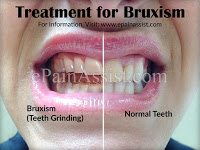



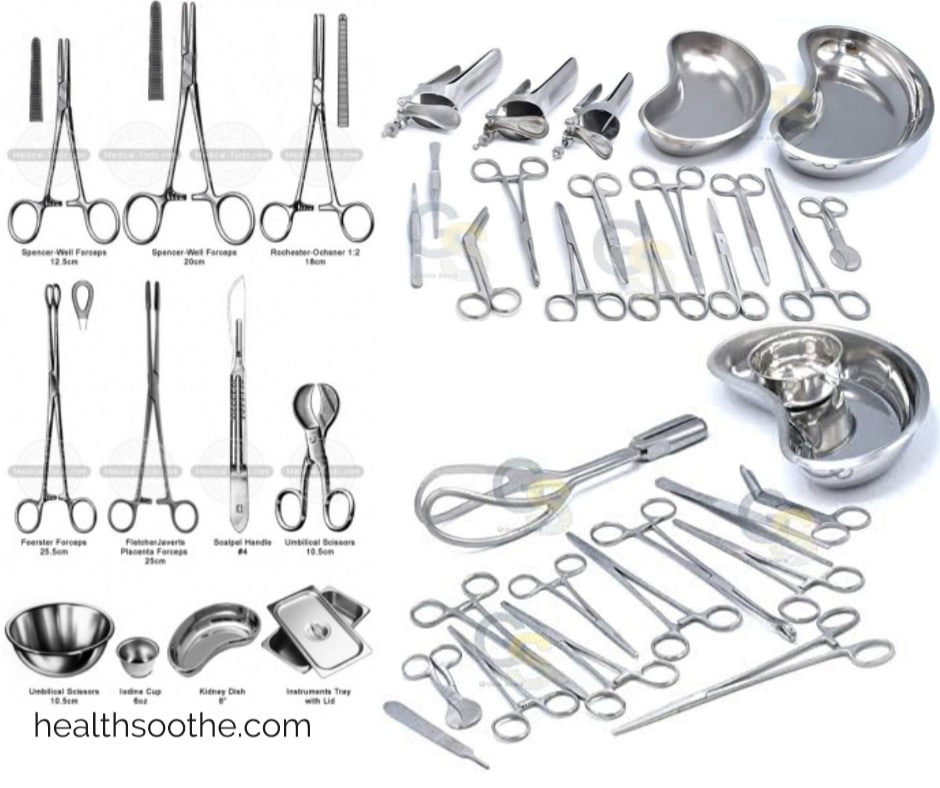
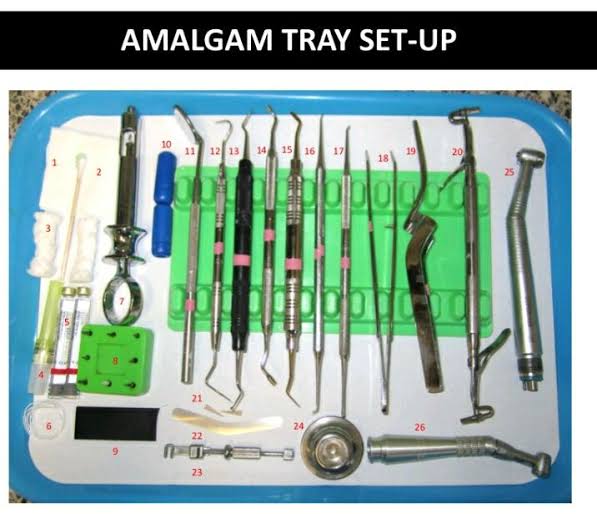

Helpful. I never understand what is up with this dental practices yet I can see their point of view.And by the end, it all makes sense after what you specified above.
Helpful. I never understand what is up with this dental practices yet I can see their point of view.
And by the end, it all makes sense after what you specified above.
Comments are closed.